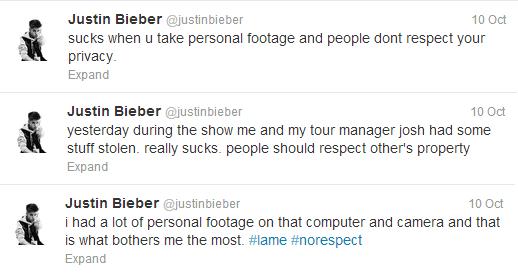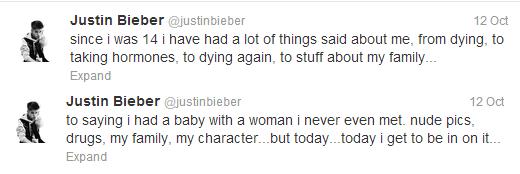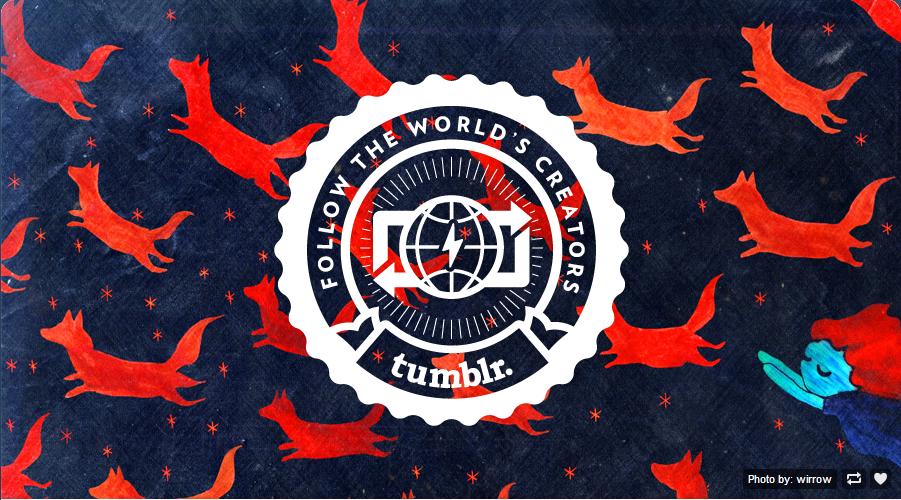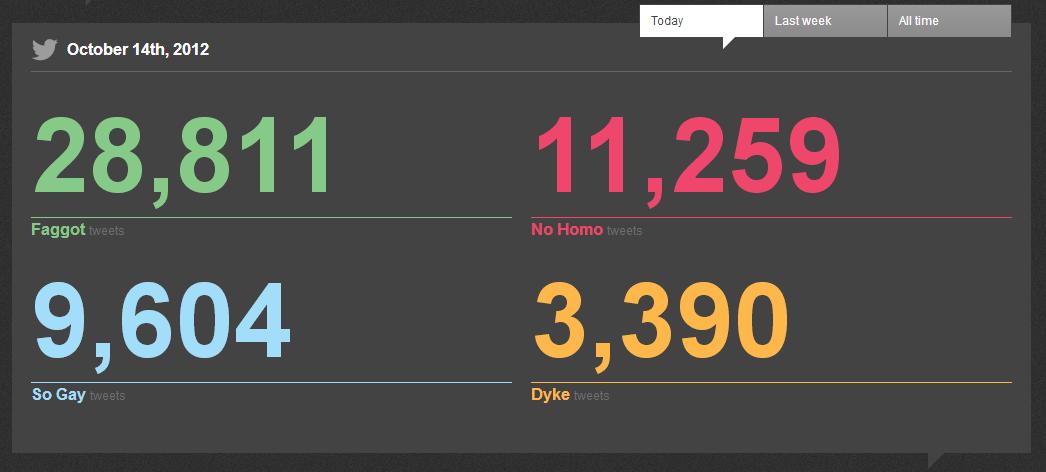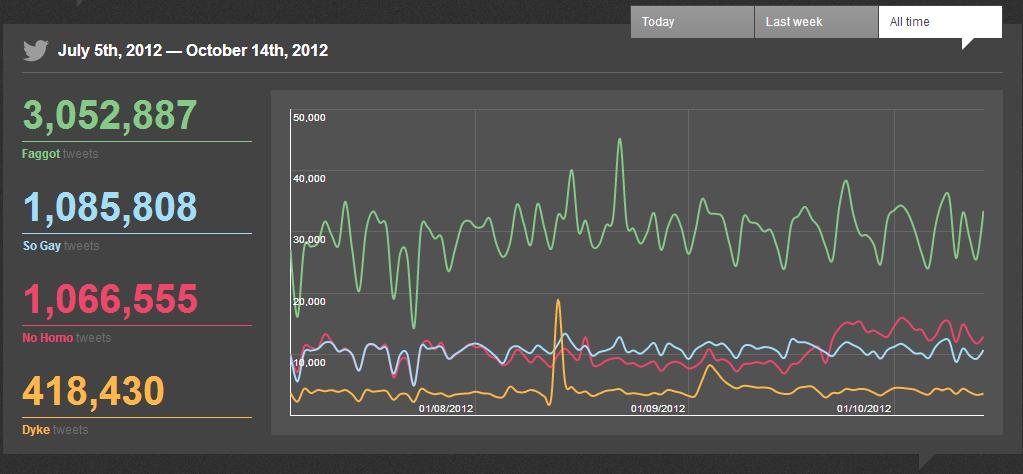Last lecture we spoke about viral videos and the use of social media. Since then, a celebrity sensation has created the latest viral video.
Of all celebrities, Justin Bieber easily takes the title of Twitter king. With 29 million follows/fans/”Beliebers” there doesn’t seem to be anything they can’t achieve together. Most recently, Justin leveraged his influential status to promote his new music video “Beauty and a Beat” featuring Nicki Minaj. With such a large number of followers, Justin could simply have tweeted the link to his new video and it would have achieved millions of hits within the day. However, he decided to take a different approach..
On October 10th, Justin Bieber sent these tweets:
Later in the day, someone using the name “gexwy” tweeted Justin the following messages:
And so the speculation began.. countless media articles were posted speculating everything from sex tapes and naked photographs to drug use and violence. Little did they know that Justin was in the middle of a prank..
After days of speculation and publicity, at noon on October 12th, Justin Bieber released his new music video “Beauty and a Beat.” The music video received the most hits in 24 hours of any Vevo music videos on YouTube – 10.6 million and growing.
So what made the launch of this video so successful?
- Justin Bieber’s influential celebrity status
- The online community of “Beliebers” he has established and nurtured on his rise to fame
- The “buzz” he created over 2 days with a fake Twitter account
- The video serves as an outlet for Justin to share his story with fans
- Production of the video is original, relateable and funny
This story is a prime example of the power of social media and its impact on the world when used to its full potential.

